New website explores the forgotten NYC neighborhood of San Juan Hill
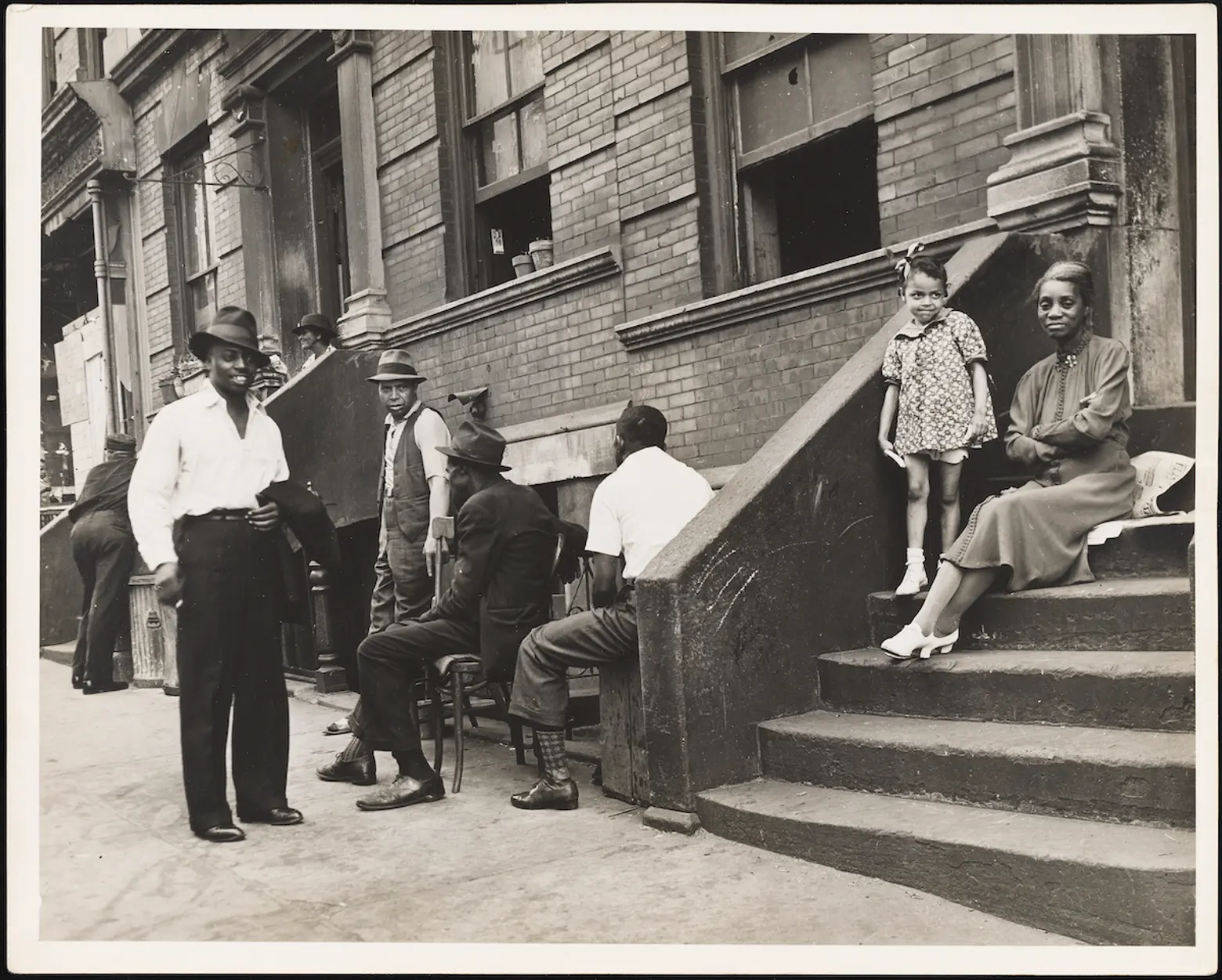
San Juan Hill neighborhood, 1939.Lee Sievan (1907-1990). Museum of the City of New York. 92.70.1. Gift and © Howard Sieven, Executor of the Estate of Lee Sievan
Once home to New York City’s largest Black population, Manhattan’s San Juan Hill neighborhood no longer exists. The diverse working-class neighborhood was razed during the 1950s to make way for the Lincoln Center campus. This week the Lincoln Center for the Performing Arts unveiled a new digital resource dedicated to San Juan Hill as a way to explore the history of the neighborhood and ensure that its legacy, and the people who lived there, are remembered. The “Legacies of San Juan Hill” website includes essays, historic images, articles, maps, and other archival content.
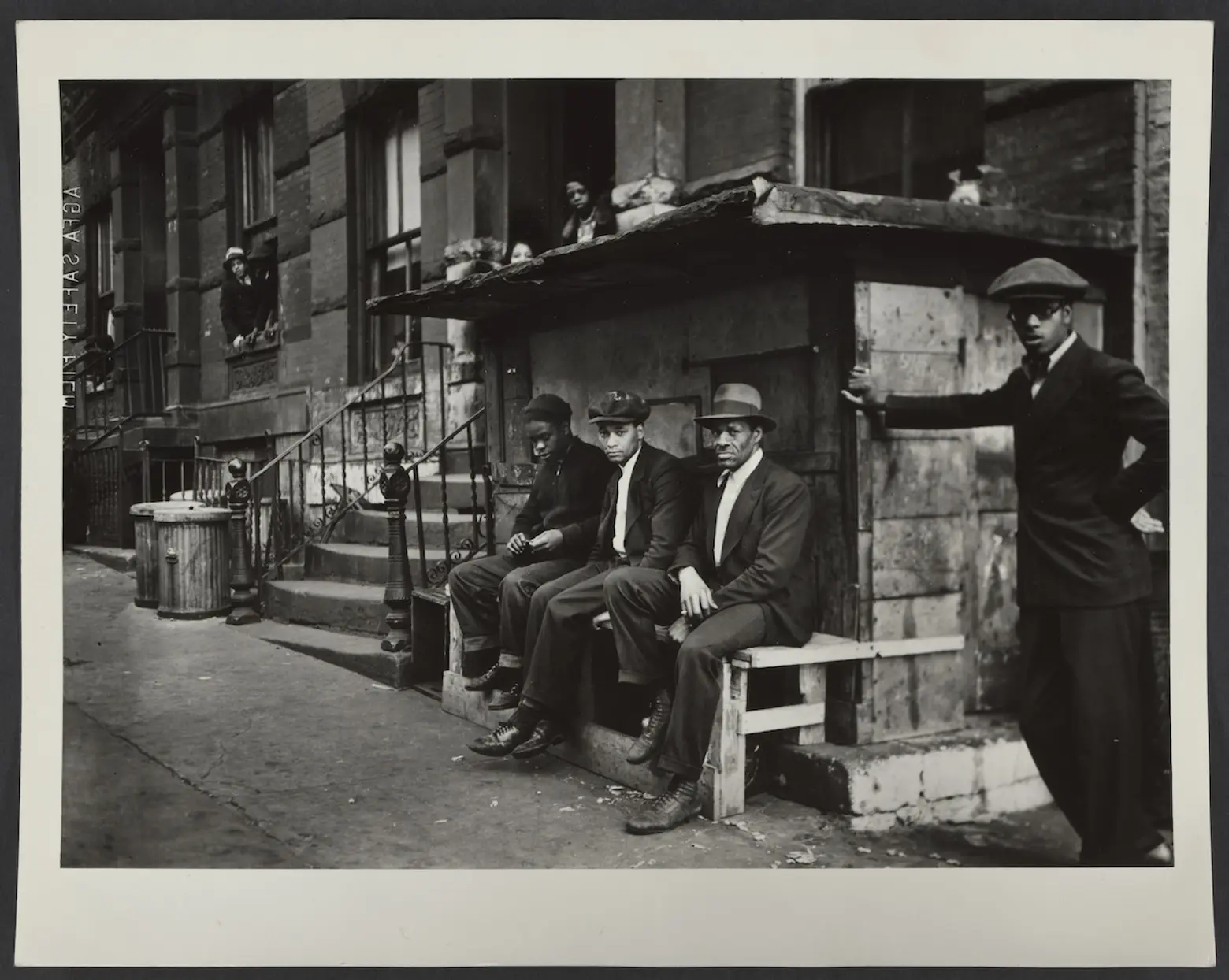
San Juan Hill neighborhood, circa 1940. Lee Sievan (1907-1990). Museum of the City of New York. 92.70.2. Gift and © Howard Sieven, Executor of the Estate of Lee Sievan
Black New Yorkers settled in this part of the Upper West Side during the late 19th century, moving north from Five Points and the Tenderloin District. In the early 20th century, as Black residents started settling in Harlem, more Puerto Ricans moved to the neighborhood.
As part of an urban renewal program, demolition of the neighborhood began shortly after World War II and continued through the 1950s. Thousands of families and hundreds of businesses were forcefully displaced as a result of the development of Lincoln Center, part of a slum clearance program led by Robert Moses. The plan replaced existing buildings with new developments, including Fordham University, Lincoln Towers, and Lincoln Center for the Performing Arts.
“Legacies of San Juan Hill” was developed in collaboration with the Center for Puerto Rican Studies at Hunter College (CENTRO) and the Schomburg Center for Research in Black Culture. The website features essays, interviews, and photographs that highlight the history and cultural legacy of the San Juan Hill community.
“Interrogating accepted historical narratives and injustices around our founding is core to our commitment to building a more just and equitable future for the arts and for New York City,” Leah C. Johnson, executive vice president of Lincoln Center for the Performing Arts, said in a press release. “From our commissions with Etienne Charles, Nina Chanel Abney, and Jacolby Satterwhite that opened David Geffen Hall this fall to ‘Legacies of San Juan Hill’ and much more to come in the future, our commitment here is deep and ongoing.”
“Personally, even as a life-long New Yorker, I did not know much about this area’s history, despite having recently discovered my grandmother lived here. For generations of New Yorkers, as well as artists and history buffs around the world, it is incumbent upon us to lift up the communities that came before us.”
A series of talks, performances, and interactive events contextualizing the history of San Juan Hill will take place later this spring, according to a press release.
“The enduring call and response between generations of people of African descent is visible throughout the “Legacies of San Juan Hill,” a project that will enrich our knowledge about the stories, presence, and cultures of Black and Brown people,” Joy L. Bivins, director of the Schomburg Center for Research in Black Culture. said.
“Our institution’s namesake, Arturo Alfonso Schomburg, lived in San Juan Hill in the 1890s and dedicated his life to unearthing and sharing the richness of African Diasporic culture, wherever it existed, and we continue to celebrate his vision today.”
RELATED:
Interested in similar content?
Leave a reply
Your email address will not be published.
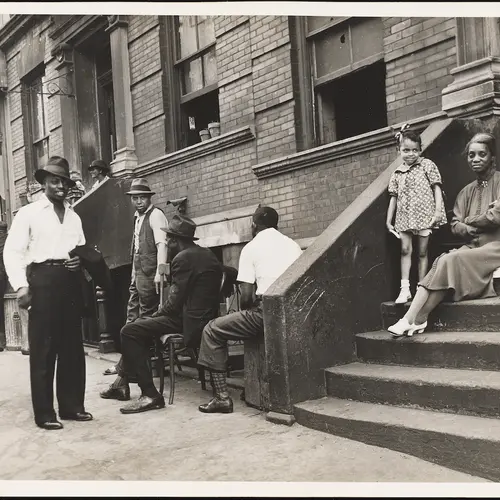
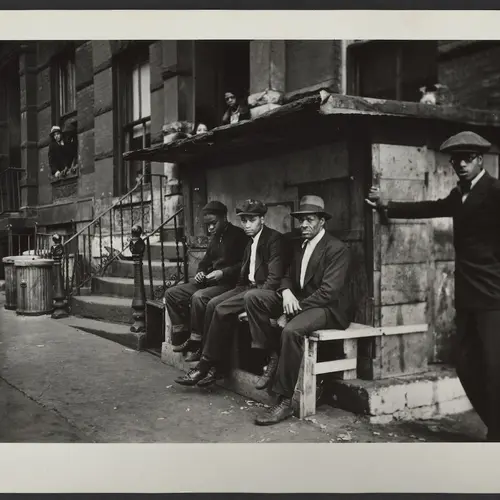
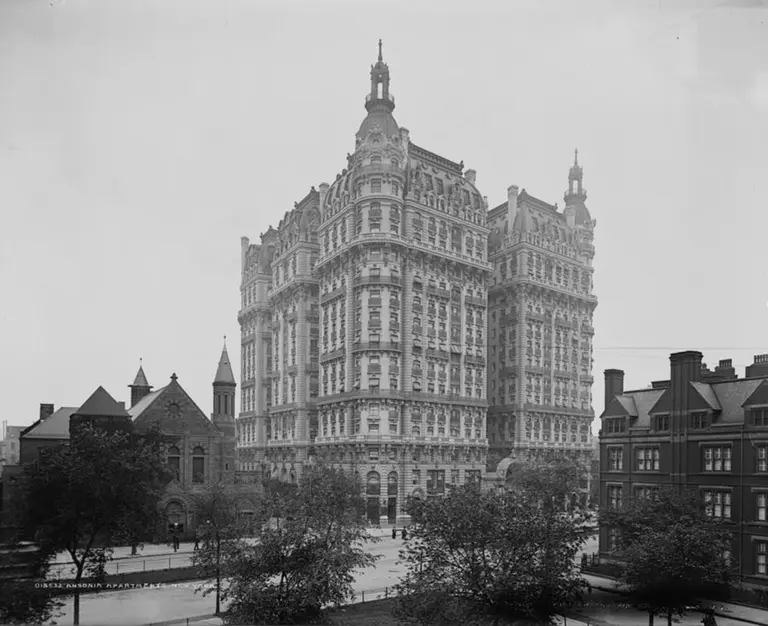
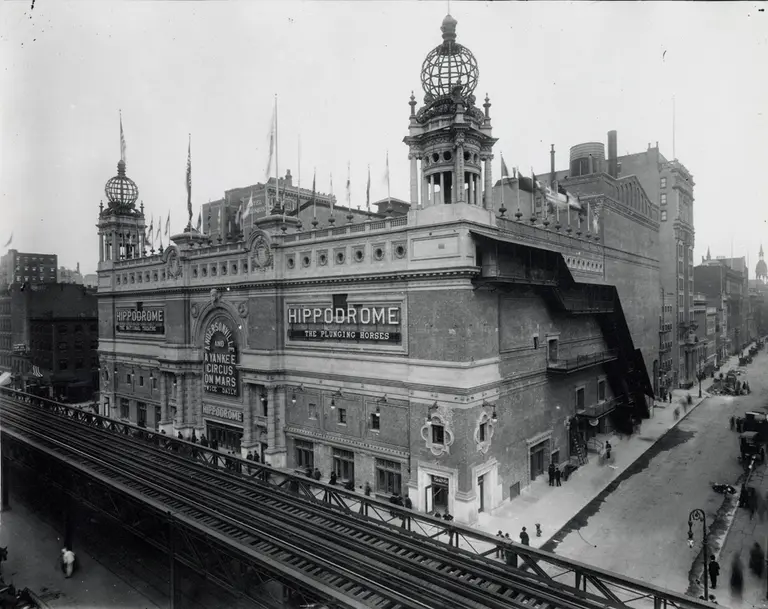
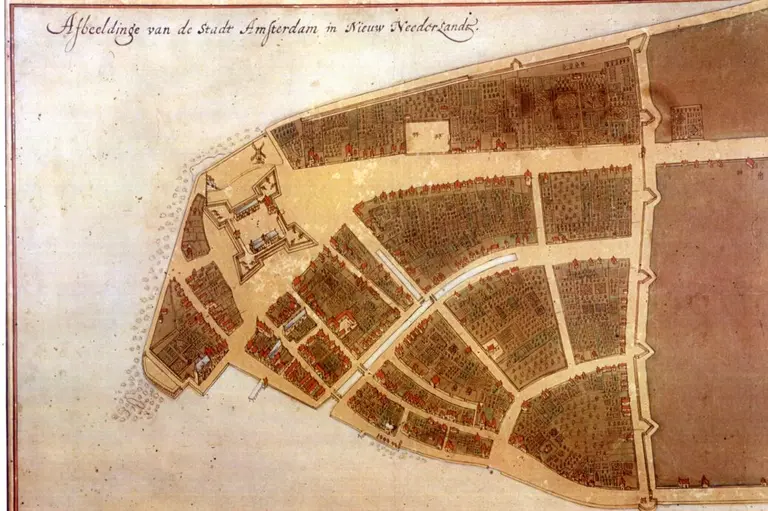
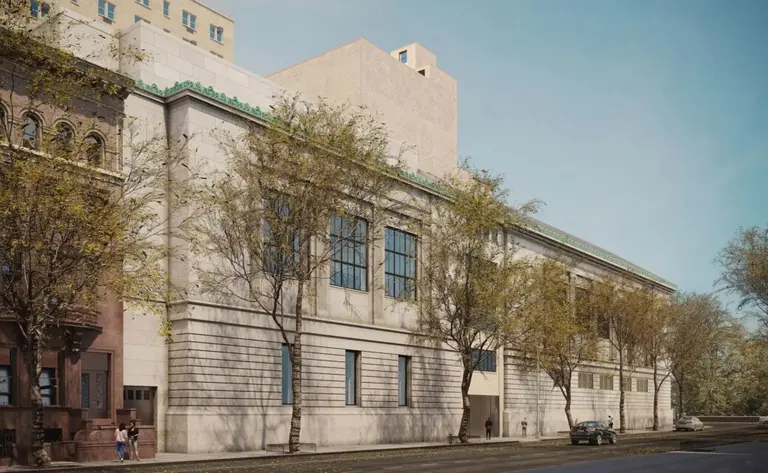
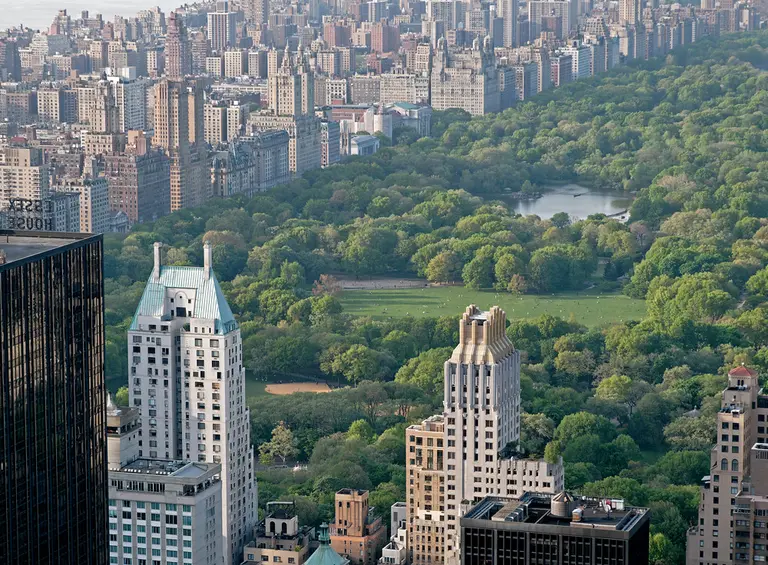
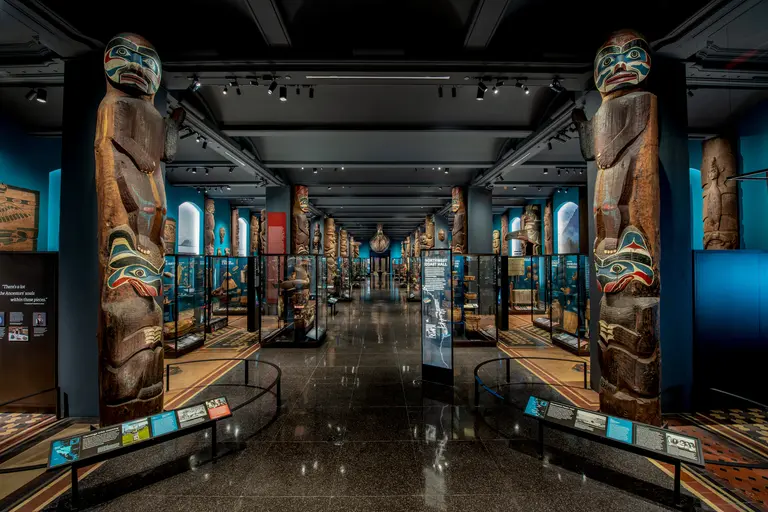





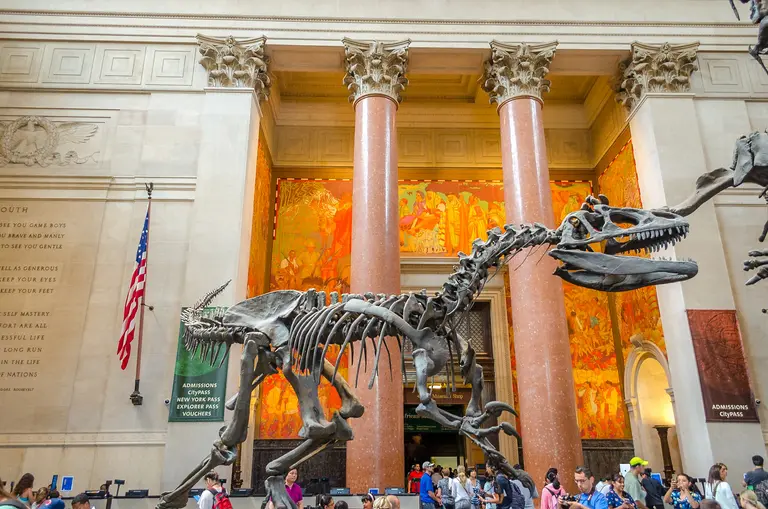
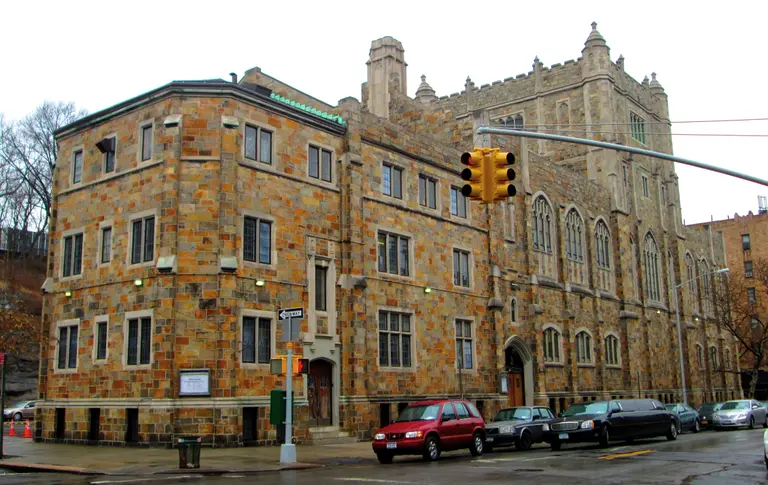
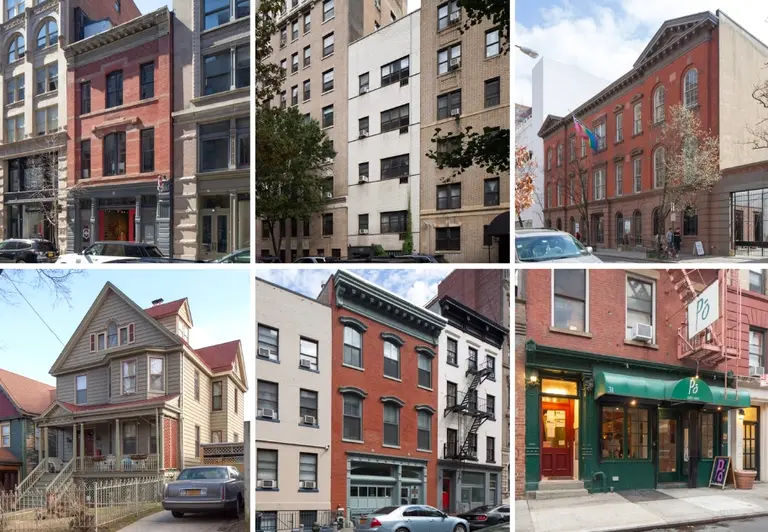
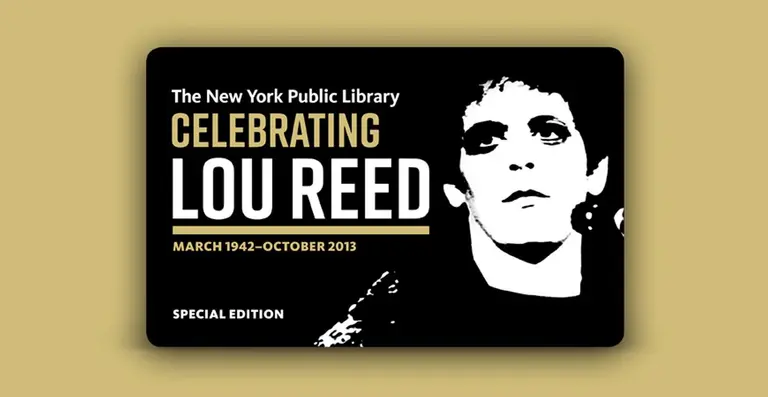
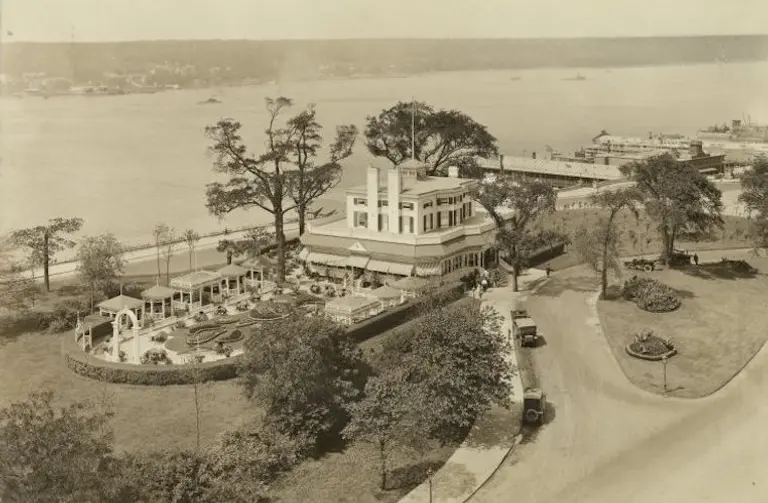
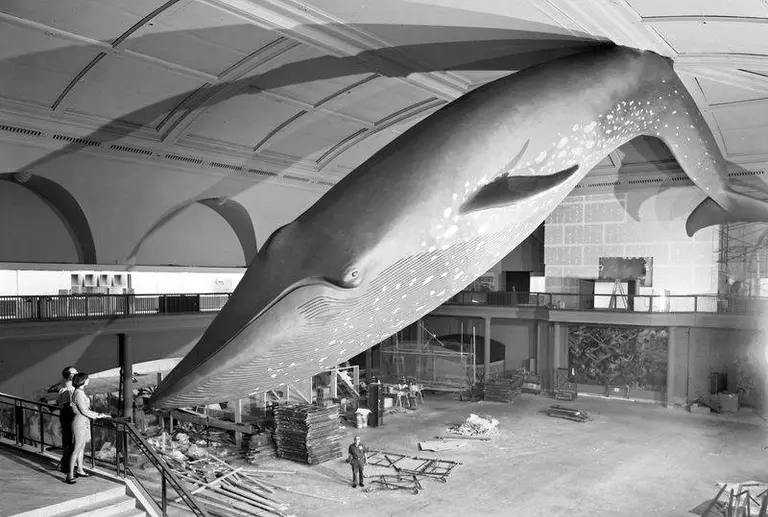












hello, i am a history professor in Canada. I would like to use one of the Lee Sievan San Juan Hill images on an academic (non profit) website. Do you have a contact for the estate so that I can request permission? with thanks.